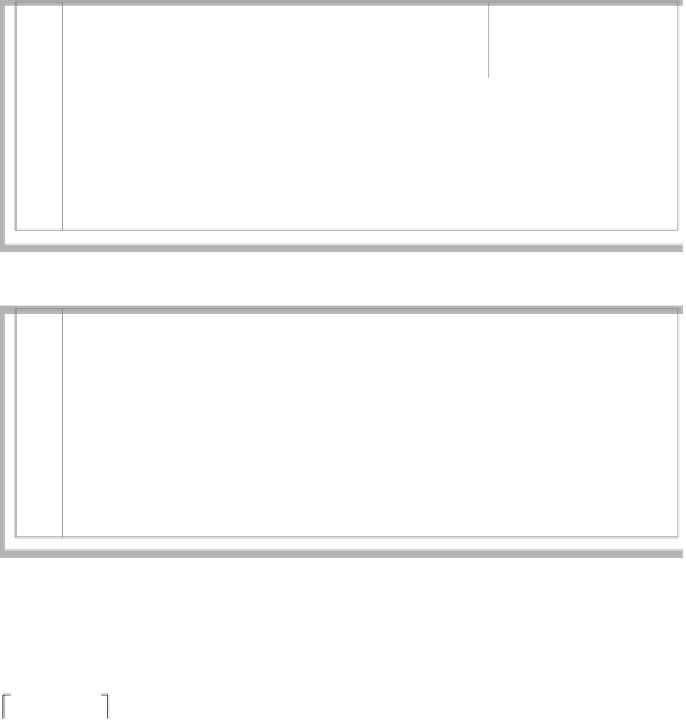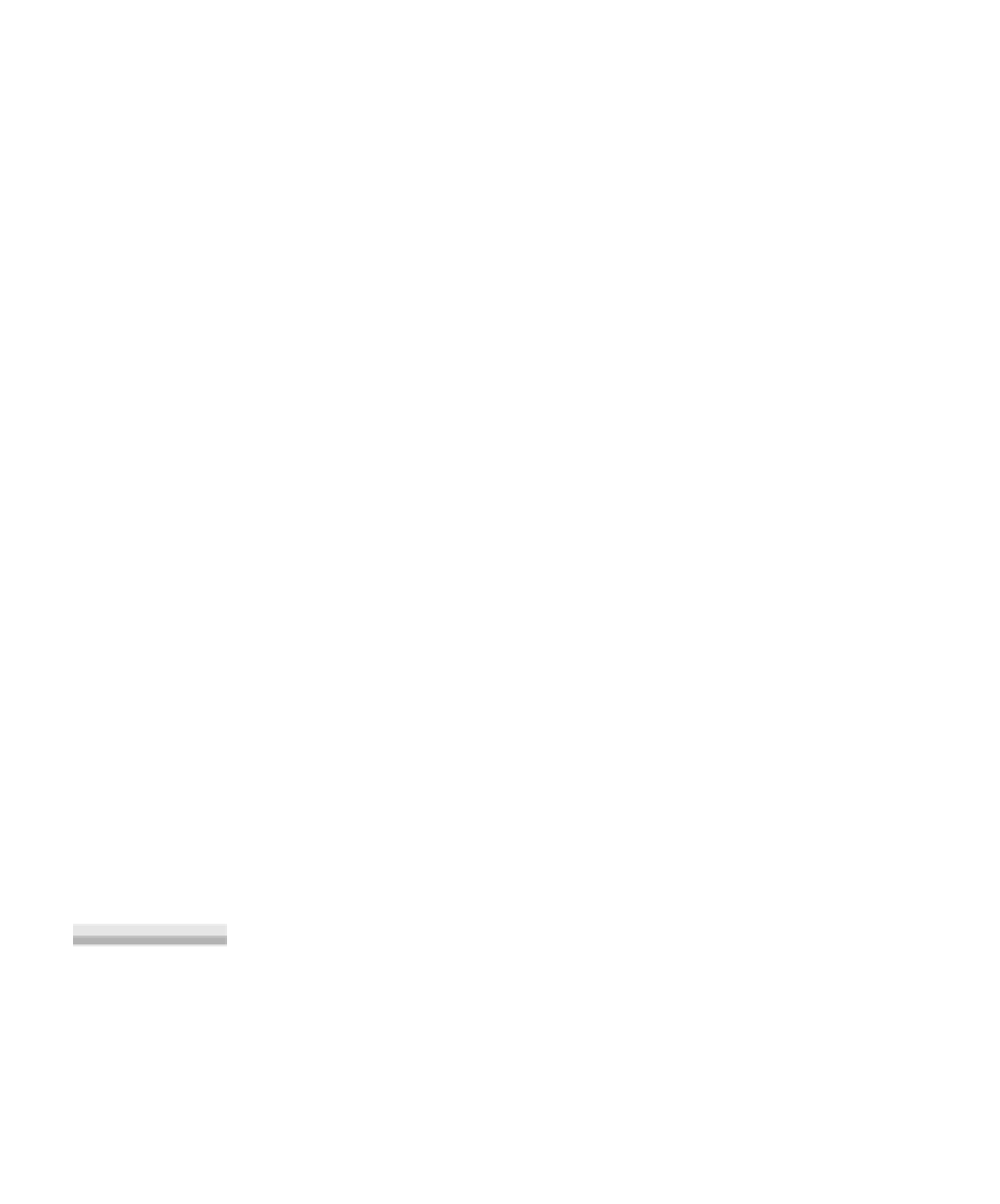Java Reference
In-Depth Information
figure 21.35
After one round of
three-way merging
(run length = 9)
A1
11
12
17
28
35
81 4 6 9
A2
15
41
58
75
A3
B1
B2
B3
figure 21.36
After two rounds of
three-way merging
A1
A2
A3
B1
11
12
15
17
28
35
41
58
75
81 4 6 9
B2
B3
After the initial run-construction phase, the number of passes required
using
K
-way merging is
⎡
log
K
(
N
/
M
)
⎤
because the length of the runs gets
K
times larger in each pass. For our example, the formula is verified because
. If we have 10 tapes,
K
= 5. For the large example in Sec-
tion 21.6.3, 320 runs would require
log
13
⁄
3
=
2
3
log
320
=
4
passes.
5
21.6.5
polyphase merge
The
K
-way merging strategy requires the use of 2
K
tapes, which could be pro-
hibitive for some applications. We can get by with only
K
+ 1 tapes, called a
polyphase merge.
An example is performing two-way merging with only three
tapes.
Suppose that we have three tapes—T1, T2, and T3—and an input file on T1
that can produce 34 runs. One option is to put 17 runs each on T2 and T3. We
could then merge this result onto T1, thereby obtaining one tape with 17 runs. The
problem is that, as all the runs are on one tape, we must now put some of these
runs on T2 to perform another merge. The logical way to do that is to copy the
The
polyphase
merge
implements
a
K
-way merge with
K
+ 1
tapes



Search WWH ::

Custom Search